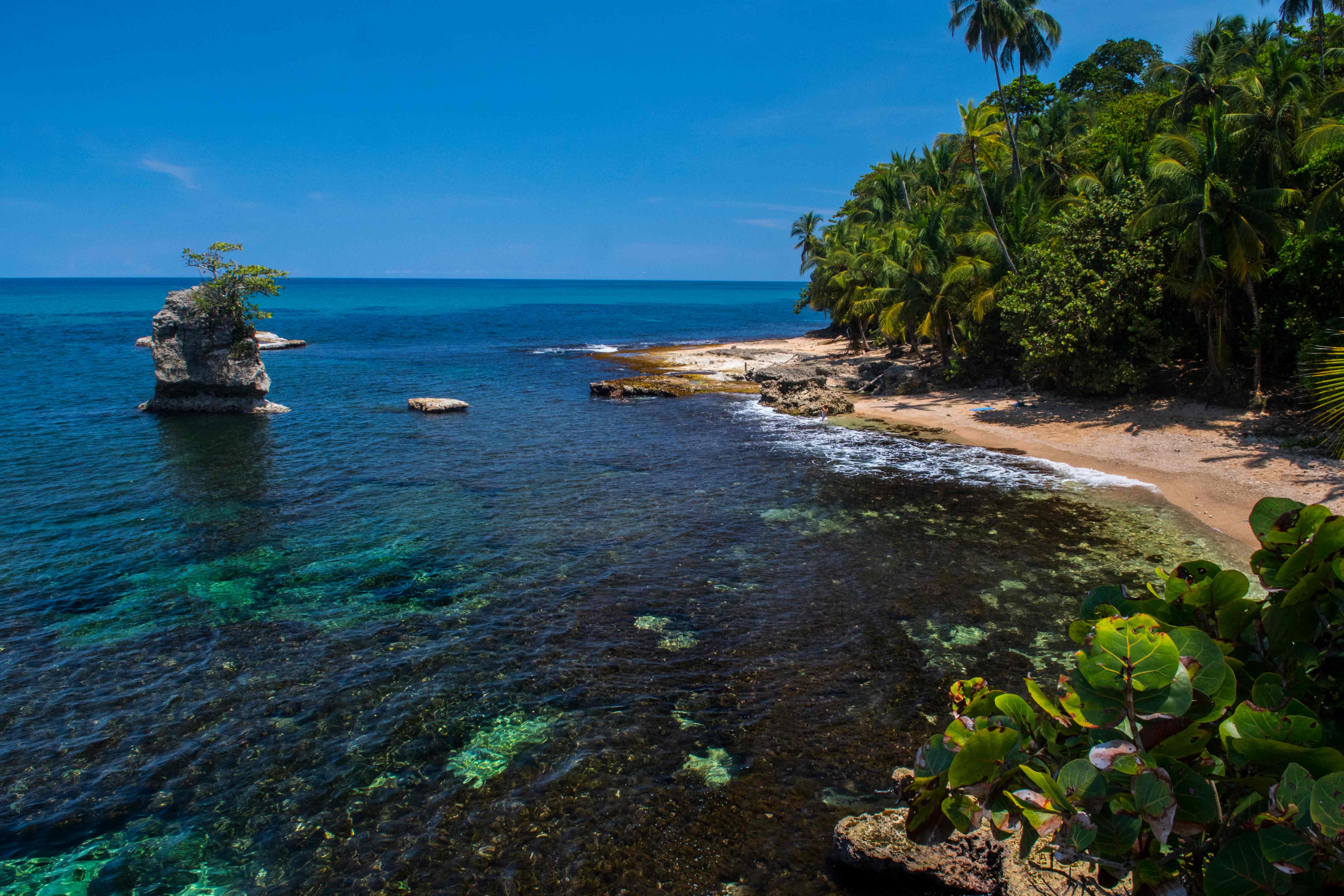Only 15% of world’s coastal regions remain intact
Areas containing seagrasses, savannah, and coral reefs especially degraded by human activity

Your support helps us to tell the story
From reproductive rights to climate change to Big Tech, The Independent is on the ground when the story is developing. Whether it's investigating the financials of Elon Musk's pro-Trump PAC or producing our latest documentary, 'The A Word', which shines a light on the American women fighting for reproductive rights, we know how important it is to parse out the facts from the messaging.
At such a critical moment in US history, we need reporters on the ground. Your donation allows us to keep sending journalists to speak to both sides of the story.
The Independent is trusted by Americans across the entire political spectrum. And unlike many other quality news outlets, we choose not to lock Americans out of our reporting and analysis with paywalls. We believe quality journalism should be available to everyone, paid for by those who can afford it.
Your support makes all the difference.Only 15 per cent of global coastal regions remain intact, new research has revealed, threatening countless species and habitats, as well as the economic security of millions who live in these regions.
The international study, led by the University of Queensland (UQ), plotted the impact that human pressures have placed on coastal areas. Shorelines home to seagrasses, savannah, and coral reefs were found to be most at risk of damage, due to high levels of human pressure.
Researcher Brooke Williams, from the university’s School of Earth and Environmental Sciences, said the findings, which identified those areas that are already highly degraded and those that remain intact, exposed an urgent need for globally-coordinated coastal rehabilitation and conservation.
“Coastal regions contain high levels of biodiversity and are relied upon by millions of people for ecosystem services such as food and storm protection,” Ms Williams said.
“Our results show that we need to act quickly and decisively if we hope to conserve those coastal regions that remain intact, and restore those that are heavily degraded, especially if we’re going to mitigate the effects of climate change.
“The rate at which these regions are degrading poses massive threats to not only coastal species and habitats, but also to the health, safety and economic security of countless people who live or rely on coastal regions around the world.”
Of the 15.5 per cent of coastal areas that remain intact as of 2013, Canada was responsible for the largest expanse of coastal region that remained relatively unharmed, the research revealed.
“Other large expanses are located in Russia, Greenland, Chile, Australia, and the United States,” Ms Williams said.
“Coastal regions containing seagrasses, savannah, and coral reefs had the highest levels of human pressure compared to other coastal ecosystems.”
Dr Amelia Wenger, another researcher from UQ, said the collaborative research approach, which looked at two datasets – one of which focused on human impacts on land, and the other which observed human impacts from a marine perspective – said the publication had been made free to use and access to encourage authorities to act urgently in at risk coastal areas.
“While we already knew how important it is to protect biodiversity and ecosystem services in these coastal regions, being able to clearly see how rapidly and how far this degradation has spread, is truly eye-opening,” Dr Wenger said.
“Understanding why coastal ecosystems are under pressure can help us design and implement more targeted management strategies, and hopefully slow this degradation down and even turn it around.
“We’re urging governments and custodians of these environments to proactively conserve the valuable remaining intact coastal regions that they are responsible for, while restoring those that are degraded.
“We think our dataset will be a vital tool in achieving that ambition, which is why we’re making it publicly available and free to use.”
The full dataset is available here.


Join our commenting forum
Join thought-provoking conversations, follow other Independent readers and see their replies
Comments